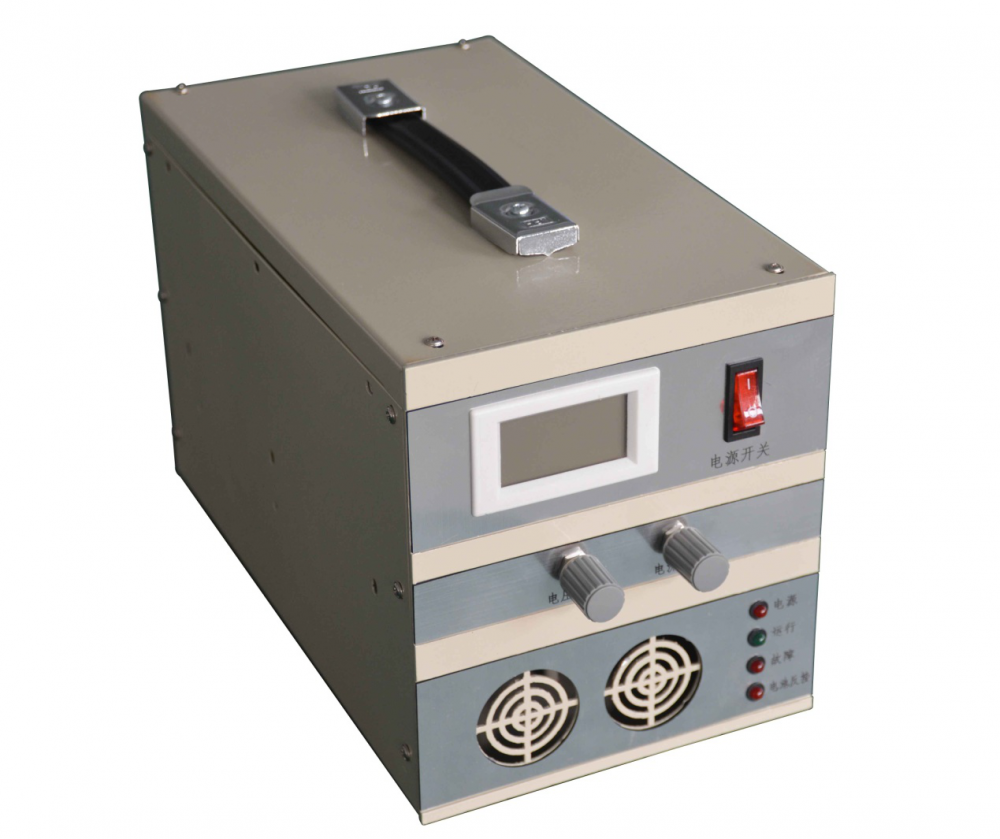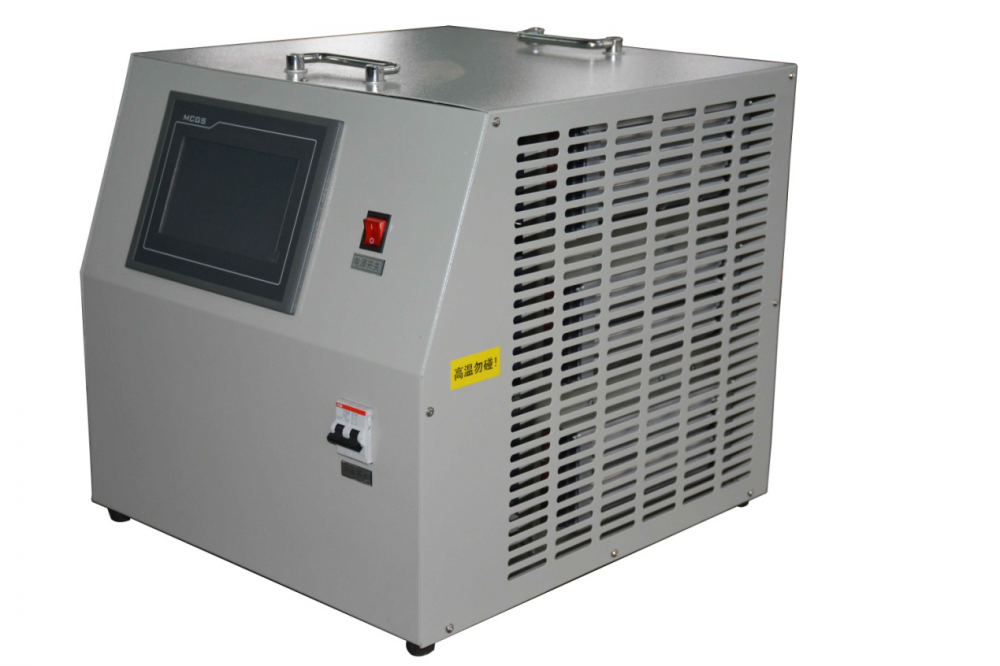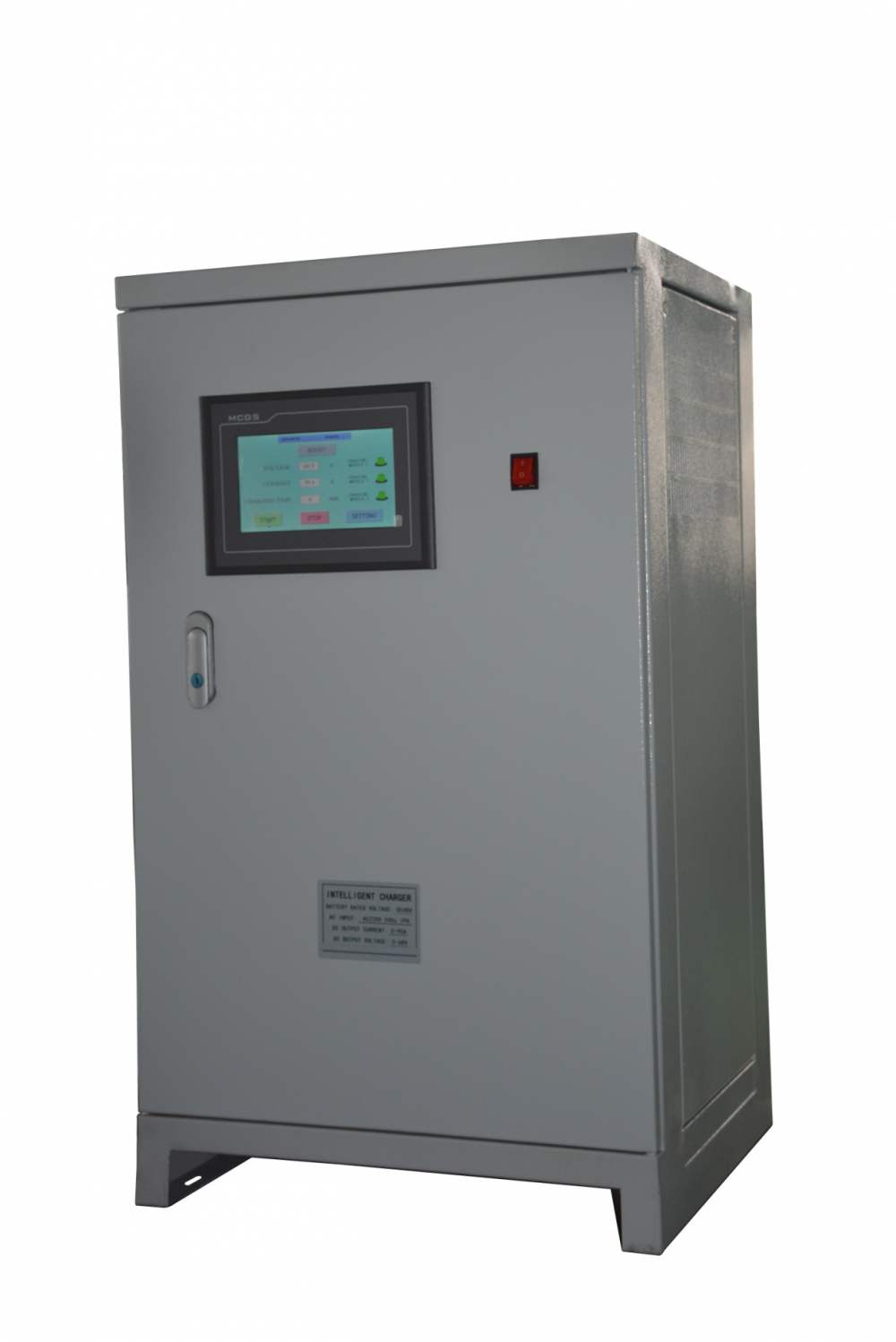The basic development principle of the projector technology is similar. It is mainly illuminated by halogen lamps, xenon lamps, etc., and collects light to the panel. The image of the panel is reflected or transmitted to project the image, and then passes through the splitting and combining system, and finally the image is projected onto the screen. Imaging. LCOS (LiquidCrystalonSilicon) is a new digital imaging technology that uses a semiconductor CMOS integrated circuit chip as a substrate for a reflective LCD. The CMOS chip is coated with a thin layer of liquid crystal silicon, and the control circuit is placed behind the display device. Light transmittance can be increased to achieve greater light output and higher resolution.
1. LCOS panel:
The structure of the LCOS panel is somewhat similar to that of the TFT LCD. The Spacer is sprinkled between the upper and lower layers of the substrate to isolate it, and then the liquid crystal is filled between the substrates to form a light valve. The switch of the circuit is used to push the rotation of the liquid crystal molecules to determine the brightness of the screen. And dark. The upper substrate of the LCOS panel is ITO conductive glass, and the lower substrate is a germanium wafer CMOS substrate. The biggest feature of the LCOS panel is that the material of the lower substrate is single crystal germanium, so it has good electron mobility, and the single crystal germanium can be formed. Thin lines, so compared with the existing HTPSLCD and DLP projection panels, LCOS is a projection technology that is relatively easy to achieve high resolution.
2. LCOS optical engine architecture:
Since LCOS technology is still in its infancy, there is currently no standard process, so several vendors have developed different LCOS optical engine architectures. Among these different technologies, there are two types of three-piece and one-piece types.
(1) Three-piece optical engine
The LCOS optical engine is currently based on a three-piece type. The three-piece image is divided into red, blue and green light beams by a light splitting prism, and then the light beams are respectively projected into three LCOS panels, and the projected three-color image is projected. Combined with a light combining system to form a color image. As far as the Nikon-designed IBM4-Cube optical engine architecture is concerned, since the three-piece LCOS optical engine requires three panels and combines multiple splitting and combining optical systems, it is bulky and costly. Due to its high optical efficiency and high image quality, it is mainly developed for high-end professional use. The main products are mainly JVC projectors. In addition, three-piece optics The engine also includes the ColoRQuard architecture used by ColorLink, Philips' Prism architecture, the growing Dichroic-PBS architecture, and Unaxis's ColorCorner architecture.
  (2) Monolithic optical engine
The monolithic ColorWheel optical engine uses a fast-rotating ColorSwitch to form white, red, blue, and green light, and combines the three primary colors with the red, blue, and green images produced by the driver to form a color separation image. The characteristics of the persistence of human vision finally produce a colored projection picture in the human brain. Similar technologies include: FieldSequentialColor by Displaytech, the ScrollingColor-RotatingPrism architecture used by Philip, and the SpatialColor–Hologram architecture used by JVC.
The biggest advantage of the monolithic type is that because the number of panels is only one piece, and the system structure of splitting and combining light is relatively simple, it is more competitive in cost, and the space of the optical engine is relatively small. However, at present, there are some technical difficulties. In ColorWheel, the light source after polarization is only 1/3 of the previous light, and the brightness is significantly reduced. In addition, the LCOS panel has a fast switching between red, blue and green screens. The image is synthesized below, so the response speed of the panel is higher, which makes the difficulty of production increase.
The imaging principle of LCOS is shown in Figure 1. The imaging method is similar to the three-chip LCD liquid crystal technology. However, the projector using LCOS technology does not pass through the LCD panel, but forms a color image by reflection. It uses a liquid crystal silicon-coated CMOS integrated circuit chip as a substrate for a reflective LCD. After being flattened by an advanced process, aluminum is plated as a mirror to form a CMOS substrate, and then the CMOS substrate is bonded to a glass substrate including a transparent electrode, and then injected into a liquid crystal package. LCOS places the control circuitry behind the display to increase light transmission for greater light output and higher resolution. Compared with other projection technologies, the biggest advantage of LCOS technology is its high resolution. The projector products using this technology also have certain advantages in terms of brightness and price. Since the thermal expansion coefficients of the silicon substrate and the opposite substrate are different, it is difficult to assemble, resulting in low yield and high cost.
Compared with transmissive LCD technology, LCOS can easily achieve high resolution and full color performance, and can greatly reduce costs. LCOS is used in a wide range of applications, from rear-projection color TVs to digital cameras that can be used as imaging devices. At present, projectors and projection TVs based on LCOS technology are still in the trial stage in the projection market, and there is no real competition for other types of projectors.
LCOS projection technology features
Compared with LCD, DLP, CRT, and DLV projector technologies, LCOS projection technology has many advantages of high resolution, high brightness, and low cost potential, and will surely become the star of projection technology. The author summarizes the advantages and disadvantages of the author as follows:
Advantages:
1, high resolution
The biggest feature of LCOS projection technology is that the lower substrate of the panel adopts a germanium wafer CMOS substrate. Since the material of the lower substrate is single crystal germanium, it has a good electron mobility, and the single crystal germanium can form a thin line, so it is relatively easy. Achieve high resolution panels.
2, high brightness
LCOS is a reflective technology that does not significantly reduce light utilization as the HTPSLCD optical engine penetrates the panel, so the optical rate can be increased to 40%, compared to 3% of the transmissive HTPSLCD. Electricity and can produce higher brightness.
3, low cost
The LCOS optical engine has the advantage of low cost because of its simple product parts. In addition, Taiwanese manufacturers have invested heavily in LCOS with the HTPSLCD panel supplied by SeikoEpson and Sony, and the DLP panel exclusively supplied by TI. A fast-moving supply environment.
Insufficient disadvantages:
LCOS technology itself, there are still many technical problems to be overcome, such as: black and white contrast is not good, three-piece LCOS optical engine is larger. Although LCOS has some technical advantages, LCOS projectors still occupy a small number in the market. The main problem is that mass production technology has not been overcome and parts supply is still unstable. Therefore, LCOS still needs time to become a projector. Mainstream technology.
The PZDK series lithium battery smart charger has a flexible human-machine dialogue function and is a human-machine interface with a color touch screen. It is a smart charging device developed according to the battery pack (group) charging technology requirements of AGV (Automatic Guide Vehicle). It uses a microprocessor as the main control unit for intelligent charging of AGVs and other electric vehicles.





Lithium Ion Battery Charger,Lithiumion Battery Charger,Intelligent Fast Charger,Lithium Battery Charger
Xinxiang Taihang Jiaxin Electric Tech Co., Ltd , http://www.chargers.be